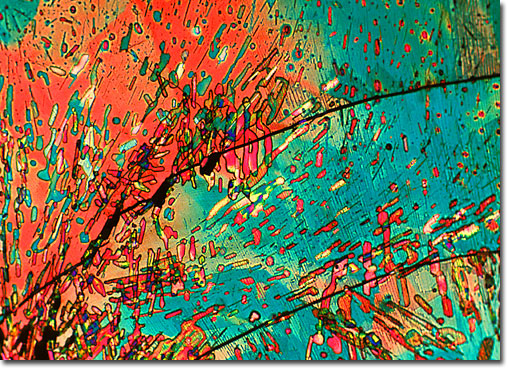Pyridoxine (Vitamin B-6)

View a second image of pyridoxine.
|
Pyridoxine was discovered in the 1930s as the result of a series of nutritional investigations of rats fed vitamin-free diets. The original compound that was isolated is pyridoxine, named due to its structural similarity with pyridine, but possessing an additional hydroxymethyl group in the para position. In the body, however, the parahydroxymethyl moiety is oxidized to an aldehyde and the similar group in the meta position is phosphorylated, resulting in the biologically active pyridoxal phosphate. This coenzyme is remarkably versatile, being involved in transaminations, decarboxylations, racemizations, and numerous modifications of amino acid side chains. Clinically, pyridoxine helps normal function of the brain, promotes blood cell formation, maintains the chemical balance among body fluids, and assists in carbohydrate, protein, and fat metabolism. Common sources of pyridoxine include bananas, carrots, nuts, rice, fish, soybeans, and wheat germ. Symptoms of pyridoxine deficiency are very non-specific and hard to reproduce. |
© 1995-2025 by Michael W. Davidson and The Florida State University. All Rights Reserved. No images, graphics, software, scripts, or applets may be reproduced or used in any manner without permission from the copyright holders. Use of this website means you agree to all of the Legal Terms and Conditions set forth by the owners.
This website is maintained by our
|